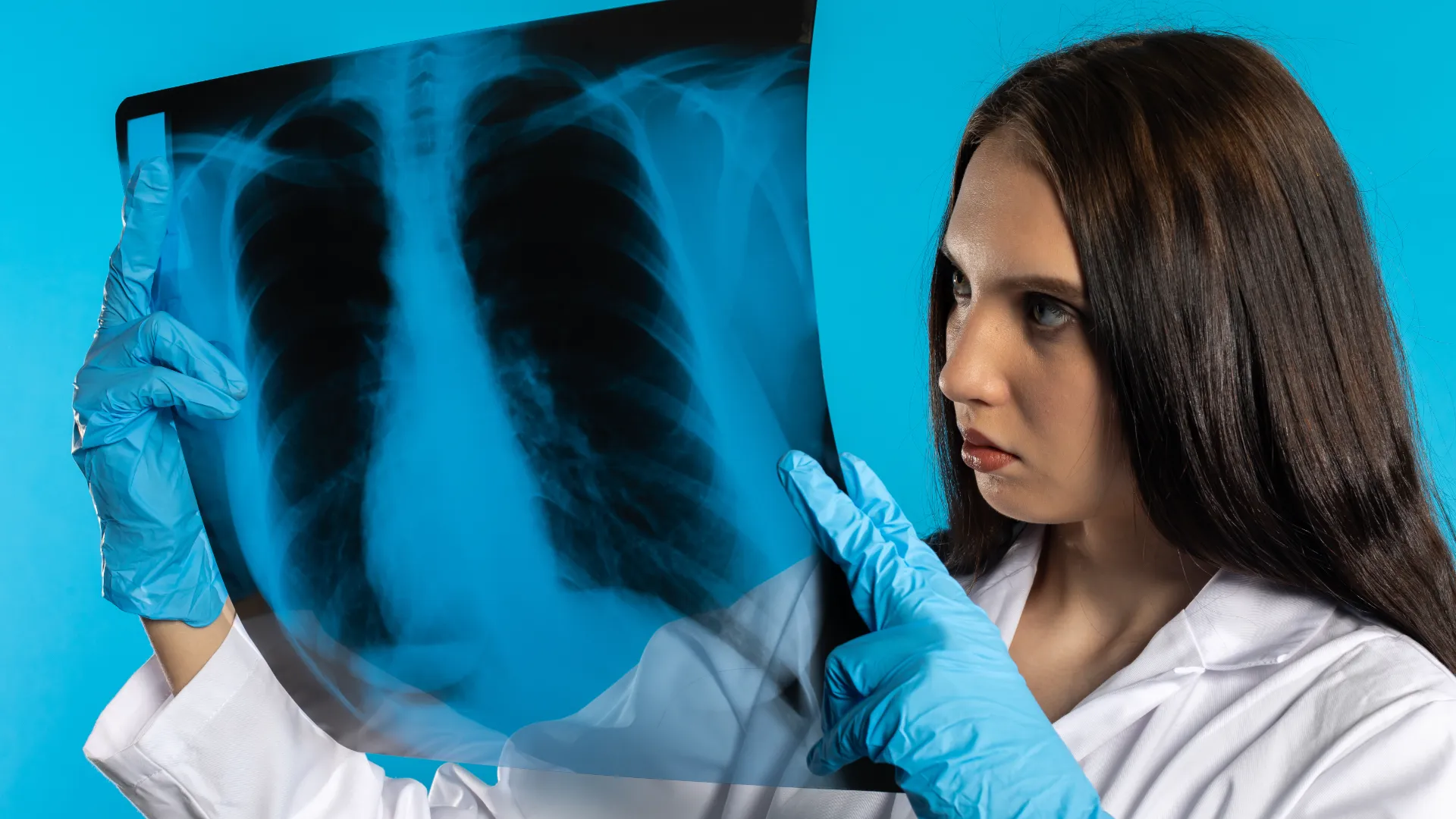Mesothelioma is a rare and aggressive form of cancer that affects the thin membrane lining of the chest and abdominal cavity, as well as the lungs and other organs. The primary cause of the disease is exposure to asbestos, but other environmental and occupational factors may also contribute to its development. The cancer is difficult to diagnose and treat, and often has a poor prognosis. Examining the anatomy of mesothelioma pathology is an important step in understanding the disease and developing treatments that can improve outcomes for affected individuals.
The mesothelium is a thin layer of cells that lines and protects the organs in the chest and abdomen. It is composed of two layers: the parietal mesothelium, which lines the chest and abdominal walls, and the visceral mesothelium, which covers the organs. In mesothelioma, the cells of the mesothelium become abnormal and start to rapidly divide and spread, forming tumors.
Mesothelioma can be divided into three main types: epithelioid, sarcomatoid, and biphasic. Epithelioid mesothelioma is the most common type, and is characterized by well-defined tumors composed of epithelial cells. Sarcomatoid mesothelioma is less common, and is composed of spindle-shaped cells. Biphasic mesothelioma is a combination of both cell types.
The location of the tumor is an important factor in predicting the prognosis of mesothelioma. The tumor can spread to other organs, including the lungs, heart, lymph nodes and other sites. It is also important to note that mesothelioma can spread to distant sites, such as the brain and bones.
The diagnosis of mesothelioma is based on a combination of physical examination, imaging tests, and laboratory tests. Imaging tests such as chest X-ray, CT scan, and MRI are used to identify the location and size of the tumor. Laboratory tests such as tissue biopsy and blood tests are used to analyze cell samples and look for markers that can indicate the presence of mesothelioma.
Treatment for mesothelioma depends on the type and stage of the disease. Surgery is often used to remove the tumor and, in some cases, surrounding tissue. Radiation and chemotherapy may also be used to shrink the tumor and kill cancer cells. Other treatments such as immunotherapy and targeted therapies are being explored to improve outcomes.
Examining the anatomy of mesothelioma pathology is essential in understanding the disease and developing treatments that can improve outcomes. By understanding the different types of mesothelioma, the locations of tumors, and the available diagnostic and treatment options, clinicians can better diagnose, manage, and treat patients with mesothelioma.
